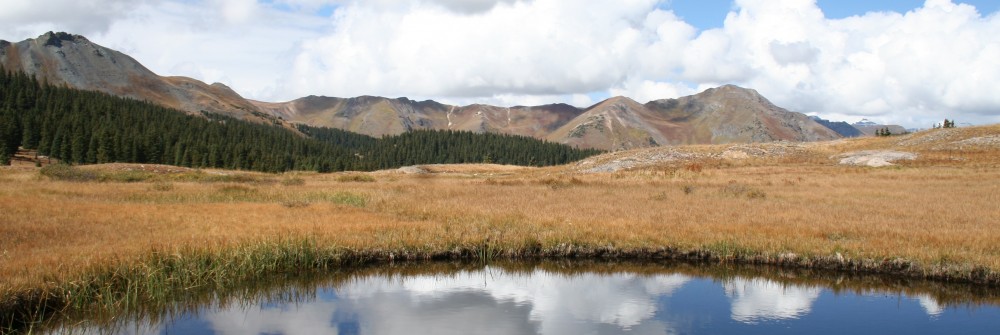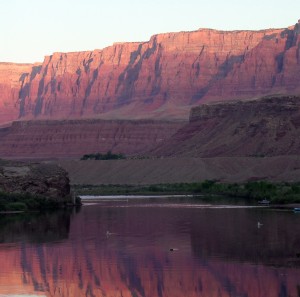
Left: Caitlin in Peru (photo credit Jess Goldman), Right: Caitlin on the Hill with the Massachusetts-Colorado BESC pack (Left to Right: Paul Tanger, Rebecca Certner, Caitlin McDonough MacKenzie, Jennifer Rood; photo credit Julie Palakovich Carr)
By Caitlin McDonough MacKenzie
In April, I had the honor of visiting the Congressional offices of my home state Massachusetts to lobby on behalf of science funding. I spent Monday morning tromping between snow drifts off the coast of Maine, but by Tuesday evening I was wandering under cherry blossoms along Washington DC’s tidal basin in a T-shirt. I was a week into my field season monitoring flowering phenology in Acadia National Park, but I had traded my down jacket and LL Bean boots for a pencil skirt and pumps, hopped on a tiny eight-seated Cessna at the Bar Harbor airport, and flown to Washington DC as an Ecological Society of America (ESA) Graduate Student Policy Award recipient. Continue reading



You must be logged in to post a comment.